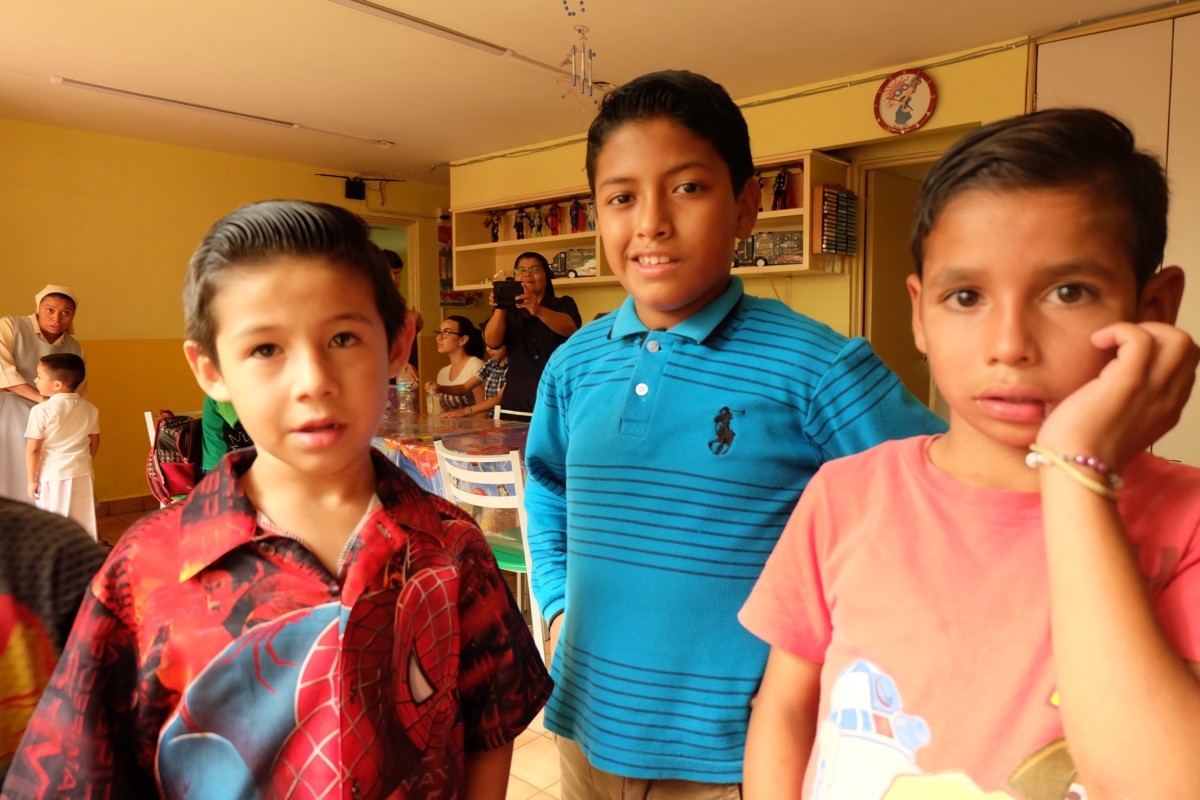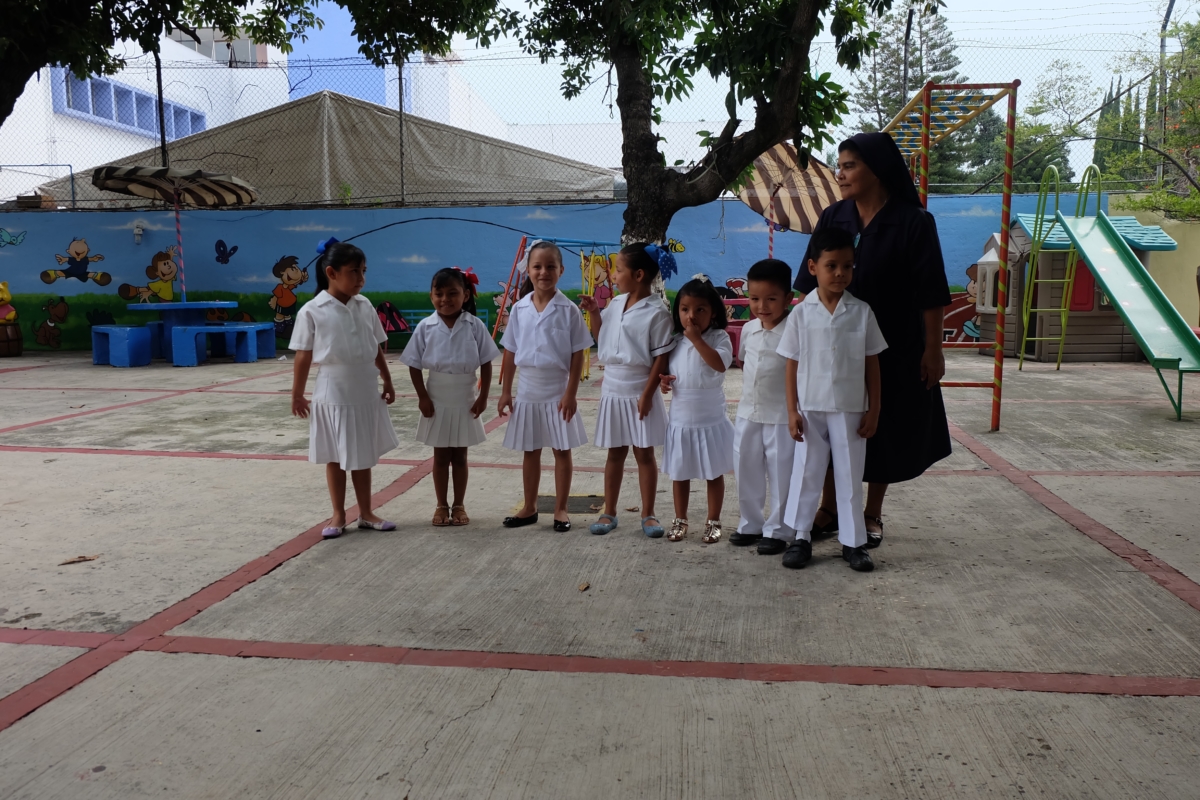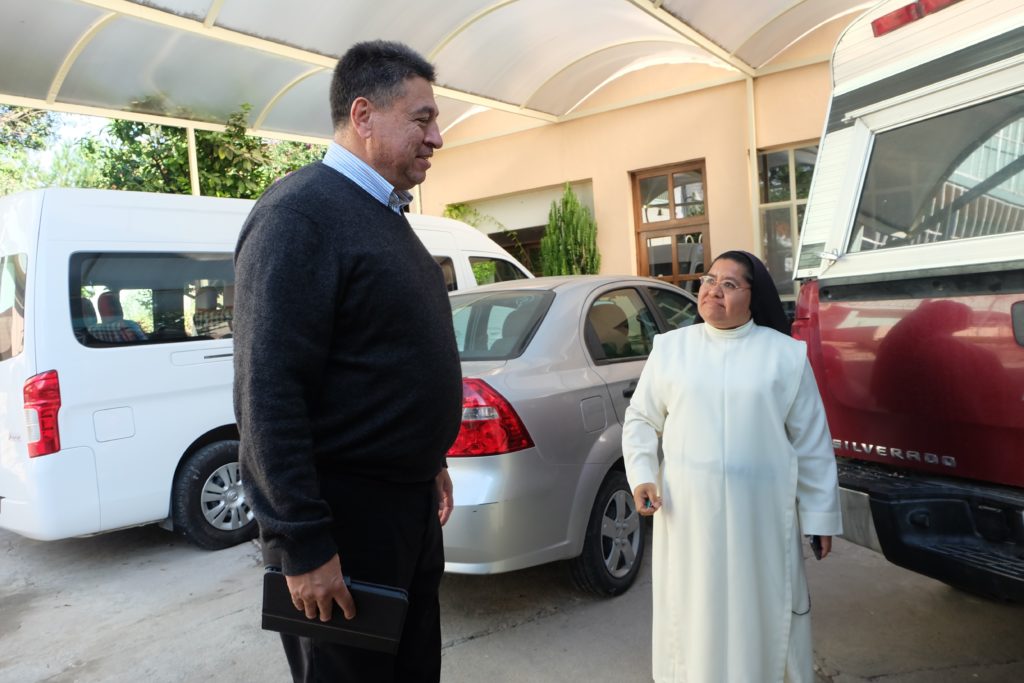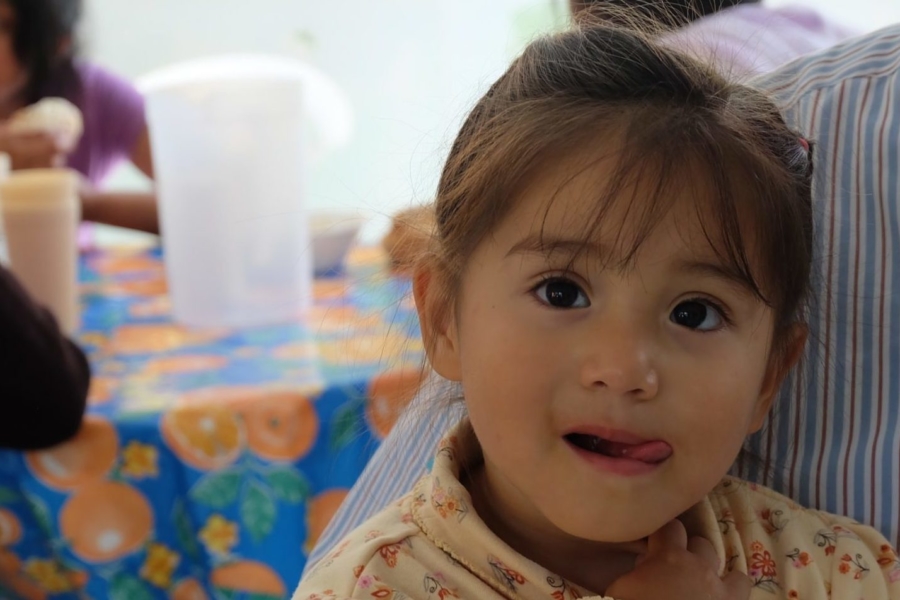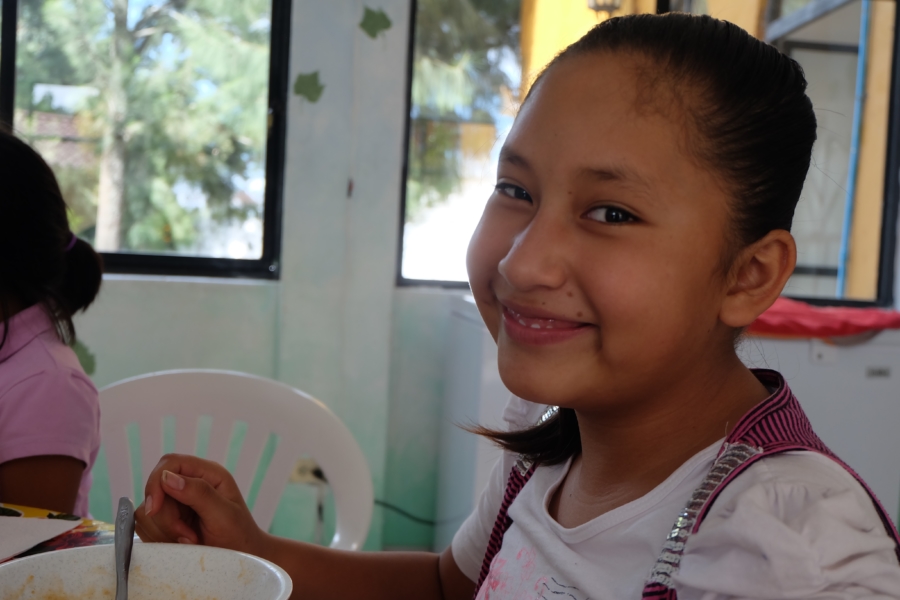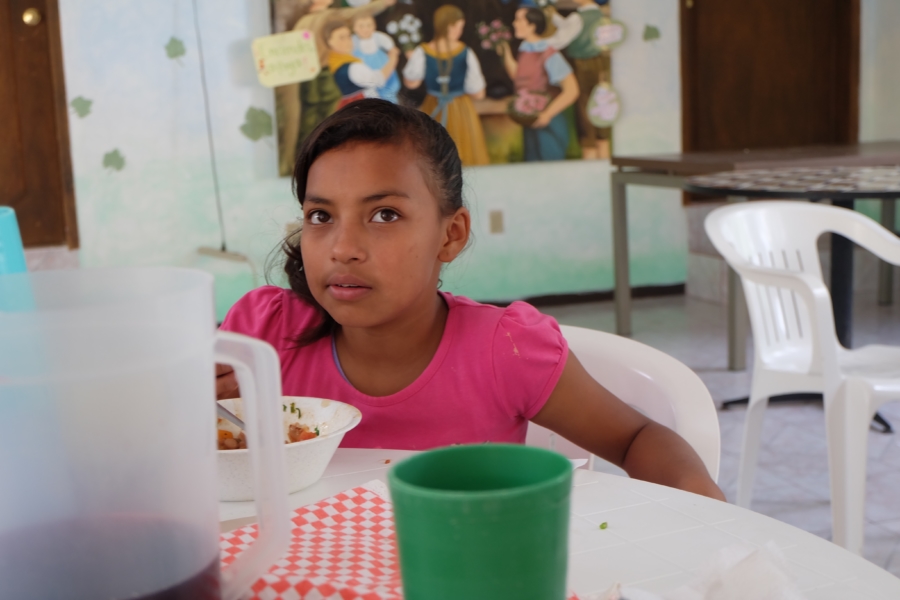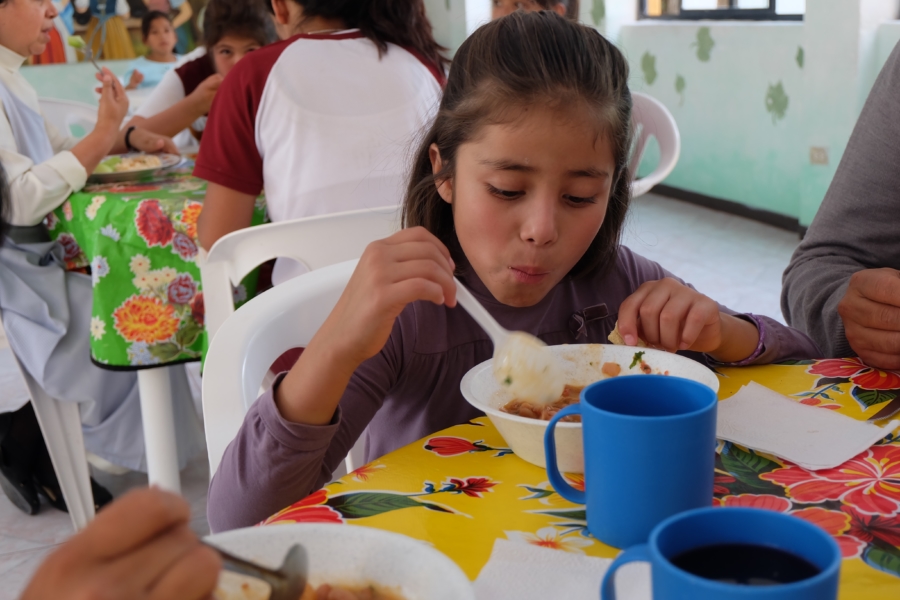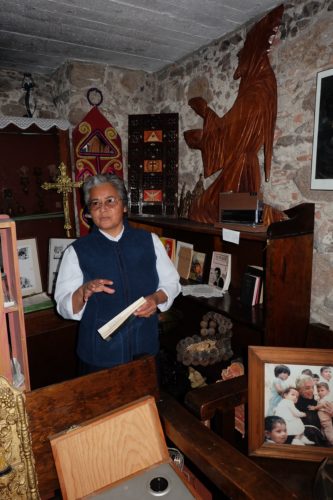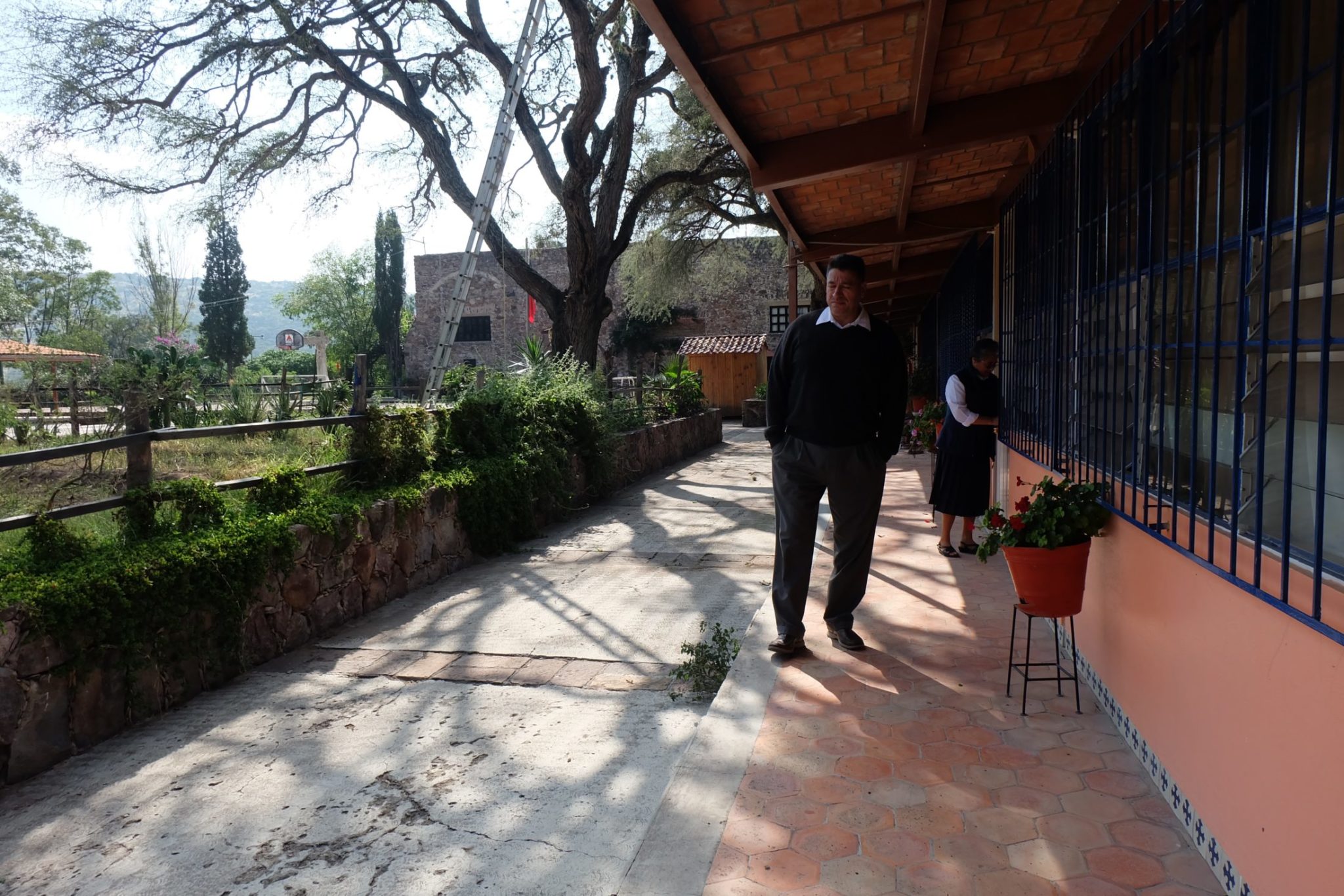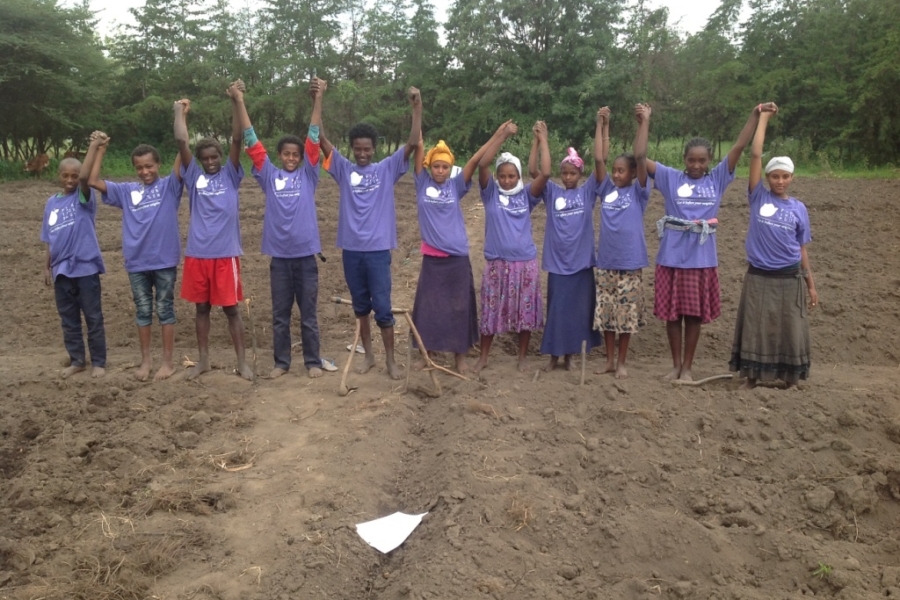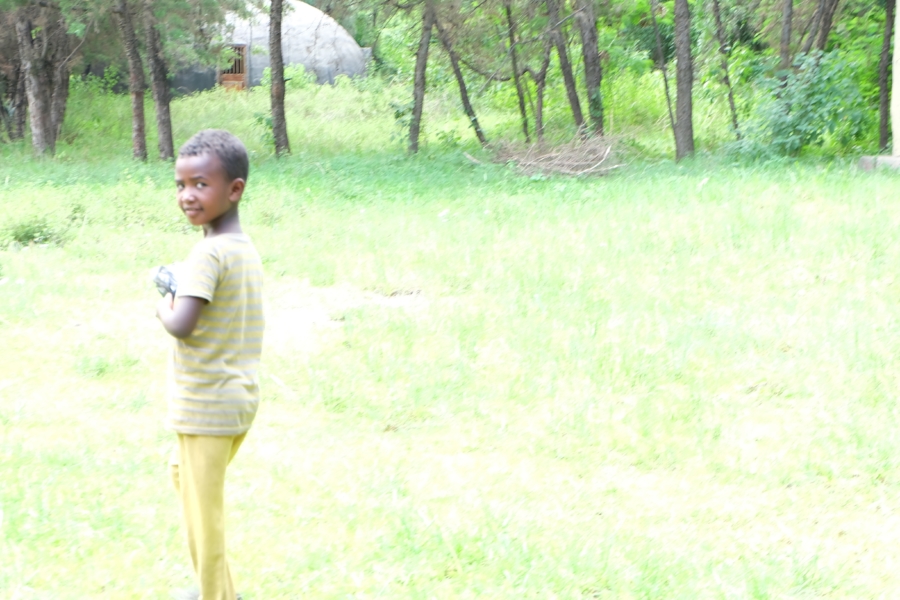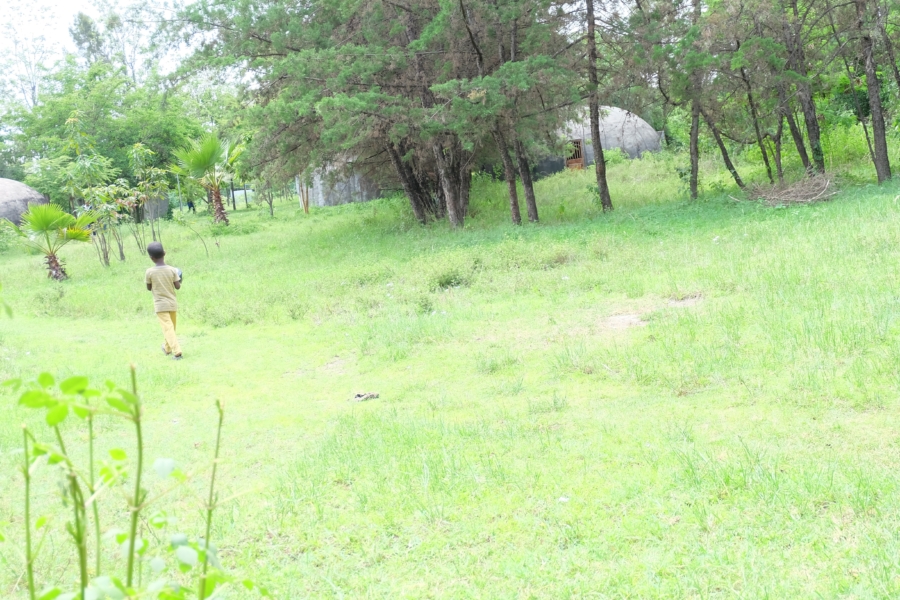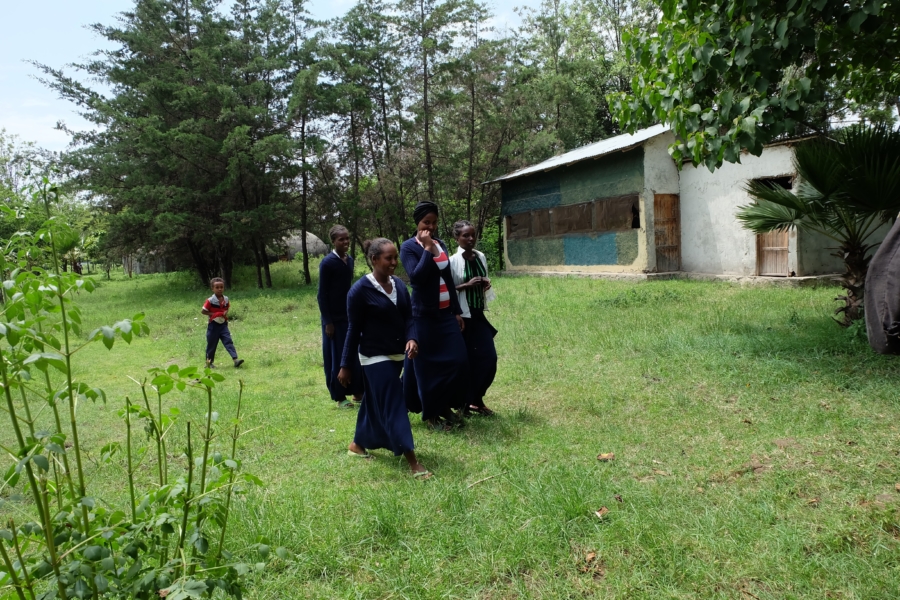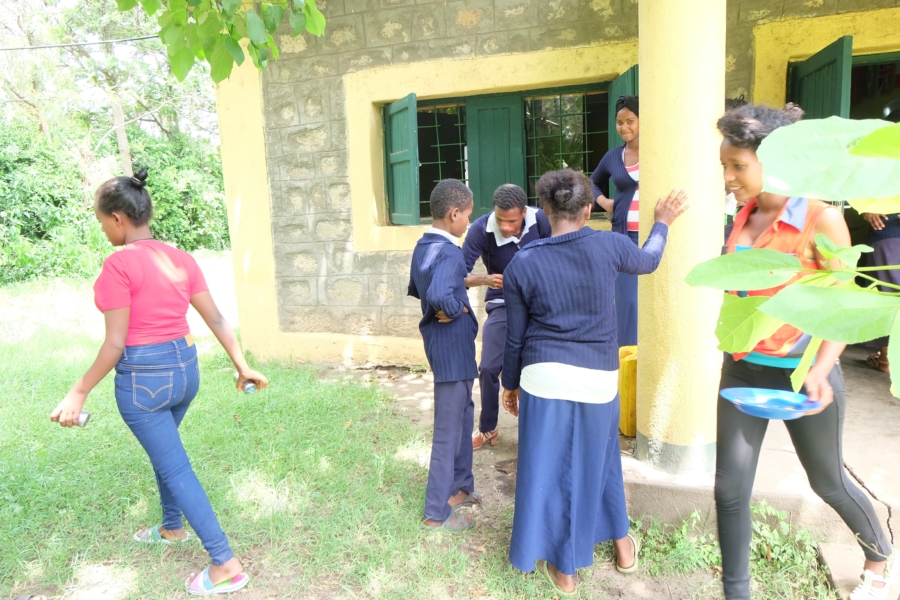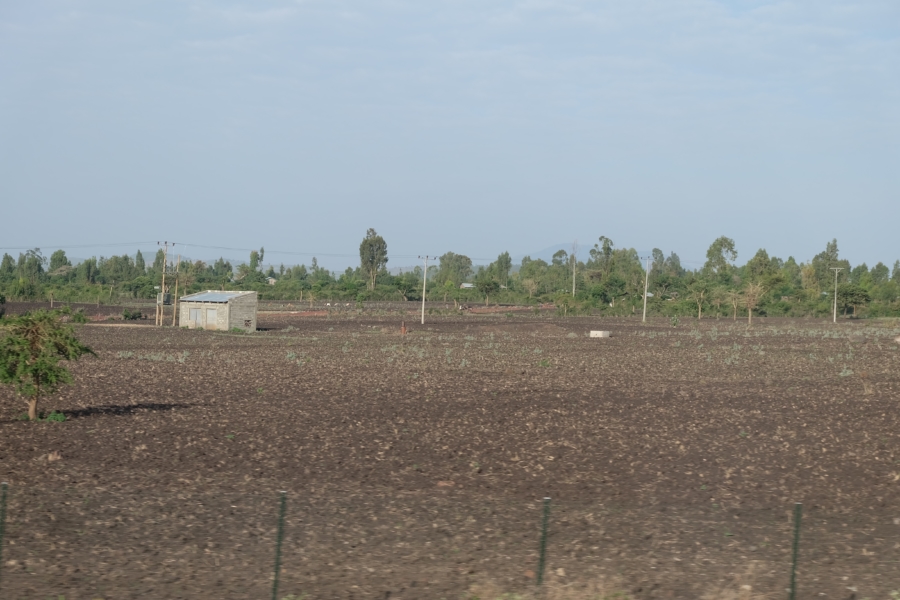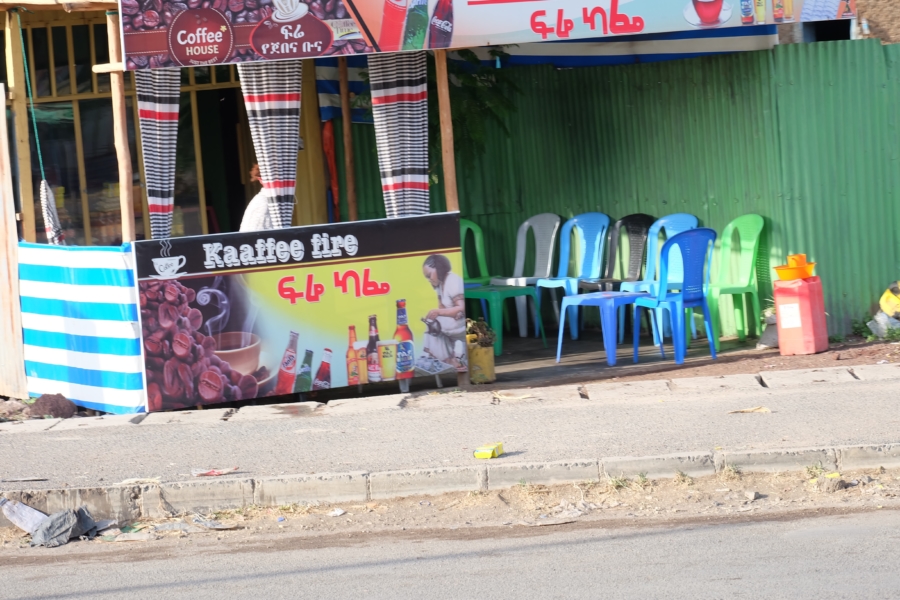The city of Guadalajara has a lot of things going for it — it’s considered the home of mariachi music, the historical area’s plazas and museums are sought-after by tourists, and overall, it’s considered to be the cultural capital of the Americas. With the surrounding areas considered, the population exceeds four million, making it the second most populated area after Mexico City.
In 1986, a priest named Father Ramon Aguirre decided to start a home for children whose parents were serving time in prison. In a large city like Guadalajara, you can’t really avoid pockets of poverty or the crime that comes with it. Father Ramon Aguirre felt that it was important to help siblings stay together while their parents were away — this way, the families could remain families, rather than the children being turned out into the streets, which happened often during that time.
Resources are currently an issue—La Luz is currently only at half capacity. None of their support comes from the government, since none of the kids were brought to the home by the government.
Stability Five Days a Week
La Luz Home is run now by Sister Nellie, who picked us up from the bus station with Allie, a full-time social worker at La Luz. We ate lunch together after we arrived, and the two told us more about the specific situation at the home, which is a little different from the ones we’ve seen so far.
The boys and girls at the home, for one, go to public schools during the week but are cared for by the sisters in the afternoons. All of them go home on the weekends, which is certainly a change from the other schools. Sometimes that means going home to their mother because their father is incarcerated; sometimes that means going to the home of a relative if one or both of the parents are out of the picture (from time to time, both are incarcerated).
Not only does the structure of the school keep the children sticking to a routine, but it also keeps the sisters from having to find the resources to house the children over the weekend. Resources are currently an issue — La Luz is currently at only half-capacity. None of their support comes from the government, since none of the kids were brought to the home by the government.
The sisters find the children through their work within prisons as they help incarcerated individuals find spiritual peace. In doing so, they learn about the prisoners’ children and their current living situations and agree to help out the prisoners’ families.
The children of incarcerated parents are brought here, where dormitories surround a large playground. The dorms are separated by gender, and the 24 children range from age three to thirteen. There’s a psychologist on staff who helps the children with the transition, and Allie, who works closely with the children. Together, those two decide whether or not the child should be reestablished permanently with the family once the parent(s) are out of jail.
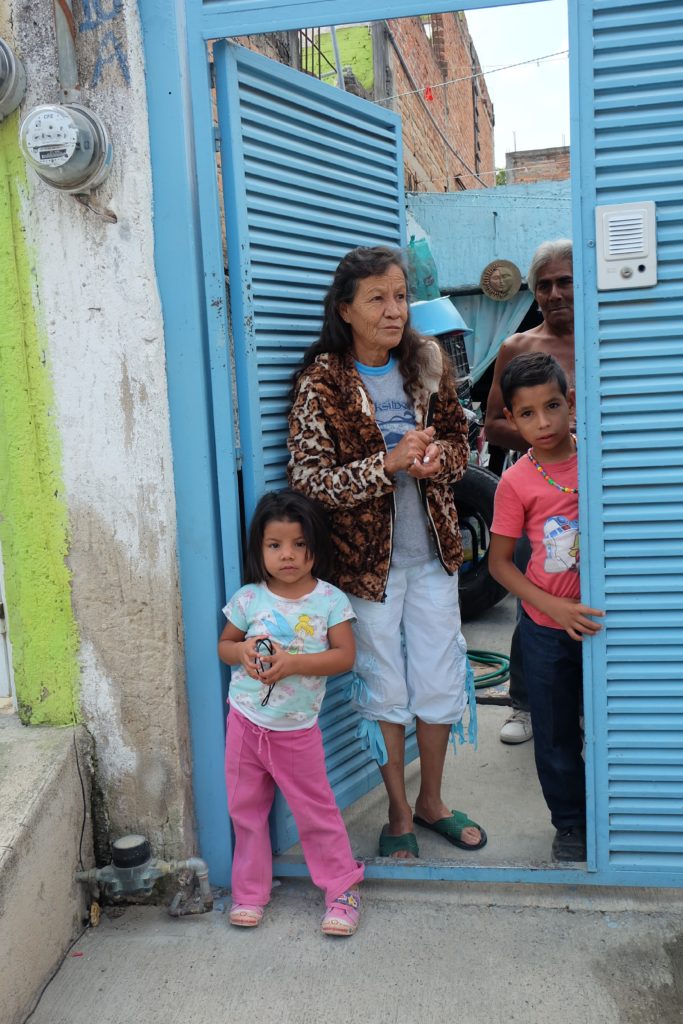
The family of some of our sponsored children
These children might be kept in a stable place with their siblings — unusual in itself. But their home lives are the most upsetting of any of the kids we’ve seen so far on this visit. If their environments weren’t poverty-stricken, they were probably abusive, unstable, and inconsistent. Most of the crimes committed in this case are robberies, and the legal system takes a long time to work. No one’s ever sure exactly when they’re going to see their parents again.
But here at La Luz, they don’t have to worry about that, at least not right now during our lunch. The children have had a dance instructor lately, and they perform for us as a way to thank us for visiting. As it’s Friday, their mothers and grandmothers start to arrive to pick them up for the weekend, and I love watching their faces light up as they spot their moms waiting. Some of them are so excited to see their family member that they get distracted and forget to dance.
After the School Week Ends
The next morning, we begin home visits with Sister Nellie. They’re our first since we’ve arrived in Mexico, as the other homes we visited housed children full-time. I’m anxious about what to expect.
Guadalajara is very modern on the surface, but as soon as you turn down a side street, the roads are unpaved, the houses get tiny, and security weakens (the more affluent areas of town have gates to protect against crime). The first home we visit is that of a mother with five children, three of whom stay at home during the week. Their father is incarcerated, and the whole family stays in a portion of their uncle’s home.
We can see into the home through a window. It’s got a dirt floor, a small kitchen — it seems far too small for six people. Sister Nellie knocks on the metal door, but no one answers.
I’m relieved that the grandmother’s house is nice and clean and she seems like an able caretaker, but I’m even more relieved that the children can go to La Luz and have their minds engaged during the week.
Everyone’s confused because the visit had been scheduled in advance. Sister Nellie asks a neighbor, and they suggest checking at a house up the street, as sometimes the kids will go there when the mother has to work cleaning houses. They’re not there, either. It feels so strange to go searching this street for these children, but Sister Nellie isn’t worried. She explains that this kind of thing is pretty normal, in that the children’s routines are anything but. Their lives change from moment to moment.
We find two of the children at their grandmother’s house, watching TV. These are just two of her twenty total grandkids. She rents the house currently, but her daughter intends to find a place for her and the children once the children’s father is out of jail. They’ll likely watch TV all weekend, while the older children wander the nearby streets and the very youngest child sticks close by the mother as she cleans the homes. I’m relieved that the grandmother’s house is nice and clean and she seems like a capable caretaker, but I’m even more relieved that the children can go to La Luz and have their minds engaged during the week.
The next home visit is largely the same situation — five children, a dad in jail, and a TV on. Two other relatives live there as well, bringing the total to eight people, with six sleeping on three couches and one bed in the living room. When we talk to the children, they say they love going to La Luz, and that there’s nothing for them to do when they’re at home, even though we’ve seen how excited the kids are to see their mother.
Hearing that from the kids is bittersweet. We’re so glad that we can be part of a program that is clearly making a difference in the kids’ lives, and it’s so refreshing that they can still see their parents sometimes, but the idea of them sitting in the dark and watching television all weekend is dispiriting.
There’s a light in that darkness, though, beyond the pleasure they get from seeing their parent or guardian. The youngest child in this family, Fernando, gets packages from his Children Incorporated sponsor every month, including clothes, shoes, and toys. He doesn’t write much in school, but he’s gotten very good at drawing and coloring, each month making a special picture for his sponsor.
While finances are always on the minds of the households we visit, La Luz is especially concerned with resources right now. Some support comes from the La Luz Children’s Hospital next door, but much of it comes from Children Incorporated, which helps furnish clothes, school supplies, and food. The home could be housing as many as 48, but the money just isn’t available, despite the clear need in the community.
After lunch, we head back to our hotel as I try to wrap my brain around what life is like for these kids. I’m not sure they’re old enough to really process what it means for their families that one or both of their parents are in jail, or how their lives could really change at any minute. That’s why it’s so nice to see them getting some consistency and support at La Luz, even though it’s only during the week.
I focus on how happy the children were as soon as they saw their mothers’ and grandmothers’ waiting faces. Father Ramon Aguirre was right to try to keep families together, while at the same time giving these kids some structure, with which they seem to thrive.
***
HOW DO I SPONSOR A CHILD IN MEXICO?
You can sponsor a child in Mexico in one of three ways – call our office and speak with one of our sponsorship specialists at 1-800-538-5381, email us at sponsorship@children-inc.org, or go online to our donation portal, create an account, and search for a child in Mexico that is available for sponsorship.

